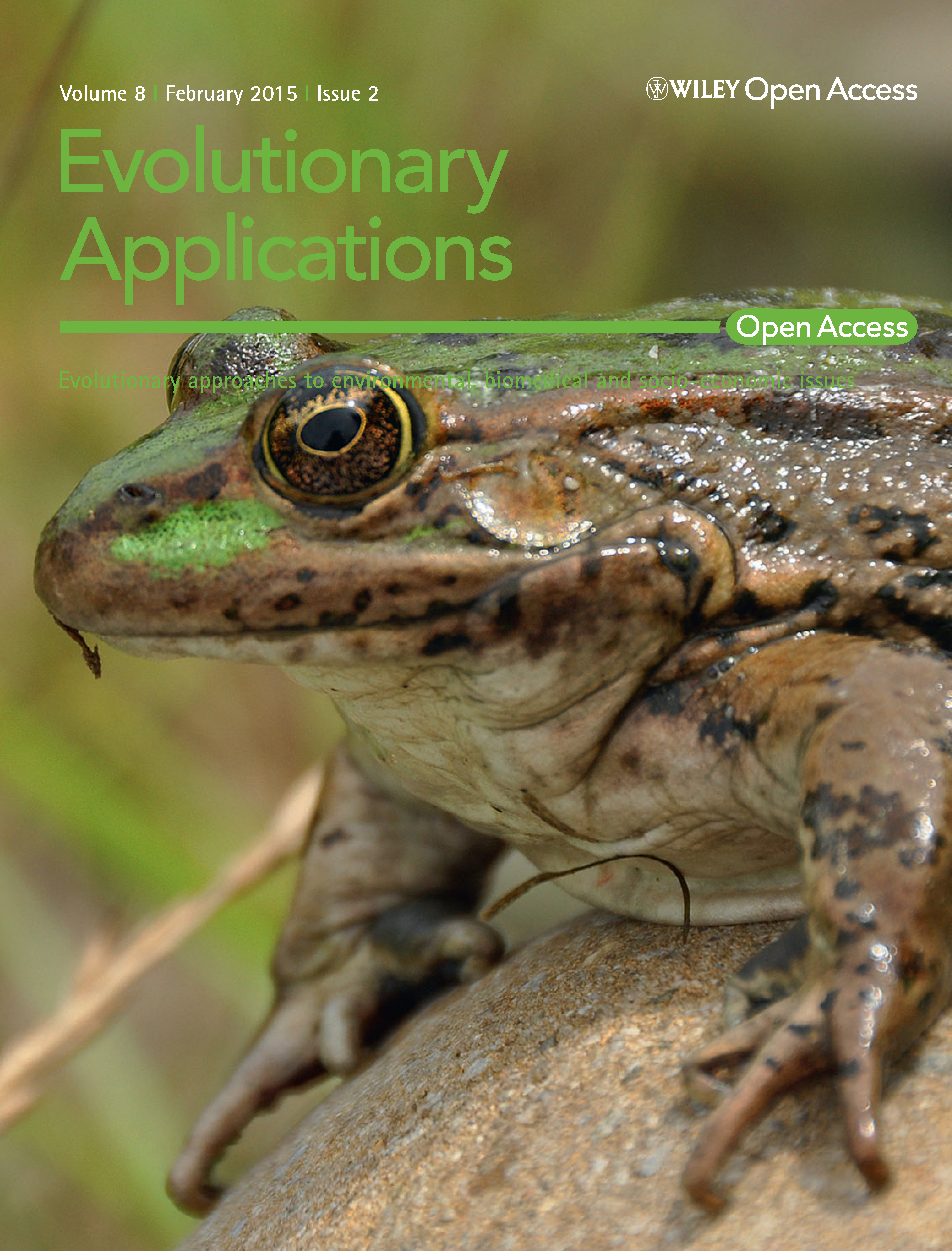
Claudio Quilodran
My research focuses on ecology and evolution with a special emphasis on modelling and simulating population dynamics.

My research focuses on ecology and evolution with a special emphasis on modelling and simulating population dynamics.
A central question of my research is the evolutionary response of species to environmental disturbances that influences new breeding overlaps between species or populations, breaking their independent evolution. This particularly concerns the genomic impact of hybridization, invasive species, and climate change on the the past and future evolution of biodiversity.
I have specialised in the development of mathematical and statistical models, implemented to empirical observations in evolution, ecology, and conservation biology. A major subject of my research is applying and developing new bioinformatic tools to understand the genetic-phenotype-environmental interactions at the population and individual base levels, taking into account temporal and spatially explicit attributes.
For more information please consult my personal web site

Quilodrán CS, Rio J, Tsoupas A, and M Currat. 2023. Past human expansions shaped the spatial pattern of Neanderthal ancestry. Science Advances 9(42).

Quilodrán CS, Ruegg KC, Sendell-Price AT, Anderson EC, Coulson T and SM Clegg. 2020. The many population genetic and demographic routes to islands of genomic divergence. Methods in Ecology and Evolution, 11(1):6-21.

Quilodrán CS, Nussberger B, Montoya-Burgos JI and M Currat. 2019. Hybridization and introgression during density-dependent range expansion: European wildcats as a case study. Evolution, 73(4):750-761.

Quilodrán CS, Montoya-Burgos JI, Currat M. 2015. Modelling interspecific hybridization with genome exclusion to identify conservation actions: the case of native and invasive Pelophylax waterfrogs. Evolutionary Applications, 8(2):199-210.